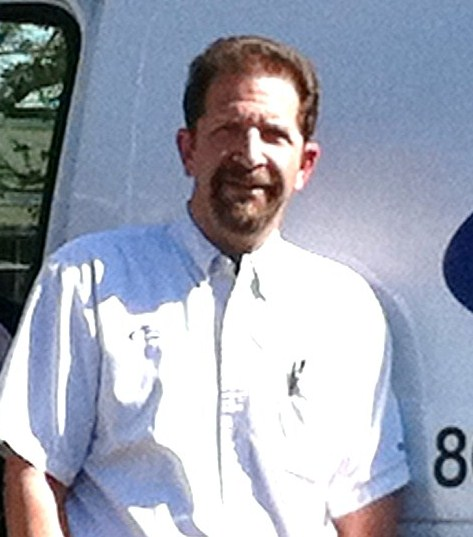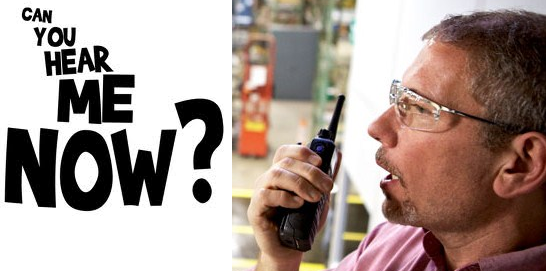Communication Equipment Keeps Production Team Running
Our rental department has the pleasure of assisting customers from a wide variety of businesses and events. On a daily basis our customers are on the go, in the field, on the auditorioum floor, moving across campus or throughout the city. Whether they're keeping a concert atmosphere secure or making sure attendees have a flawless special day, it's essential to keep everyone connected to their teams, everywhere they go. Chicago Communications has been renting two way radios and other communication equipment for many years, to events ranging from concerts to commencements, conventions and coroporate meetings to sporting events and competitions. Coming up this weekend ChiComm's rental representative will be renting portables to a video production team, Dobson Entertainment, in order for them to get exclusive coverage at the Tour of Elk Grove.
Dobson Entertainment, Inc. has been one of the Midwest's most established video production companies for over 23 years, providing services with state of the art equipment, breakthrough concepts, and a unique creative team. They work with private and public companies, in addition to working at sites both locally and internationally (the City of Chicago, Comcast Sports Net - NBC, and Yamaha Motor Corporation, are a couple examples of their diversified clientele). They can be hired to film and produce multi-camera coverage for events and promotional material, in addition to feeding live video over to multiple areas, jumbotrons and/or LCD TV screens while also being able to broadcast the signal remotely.











